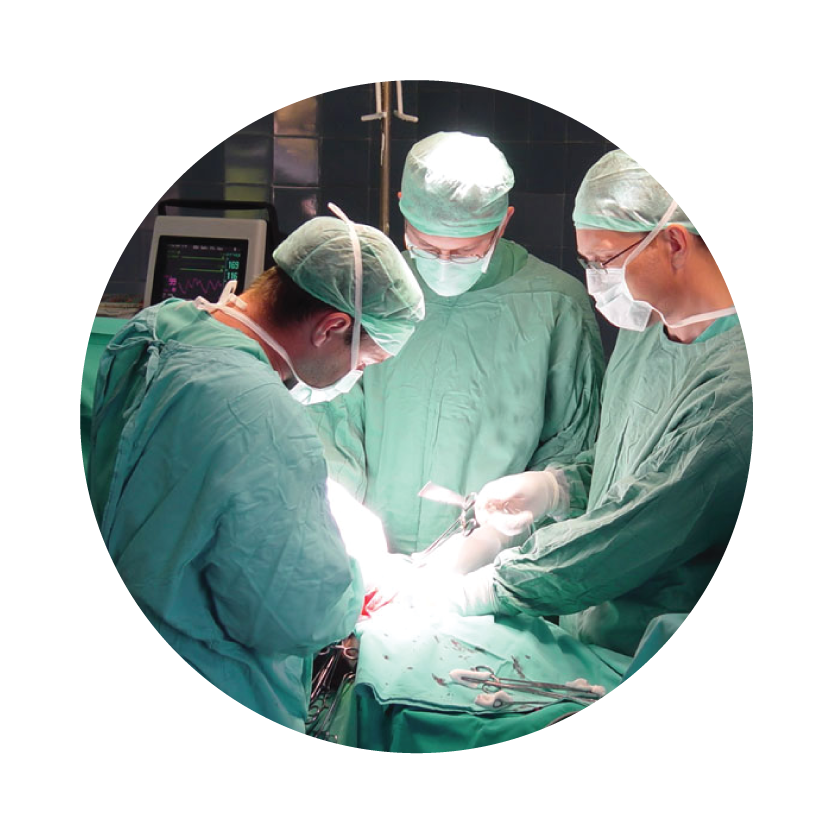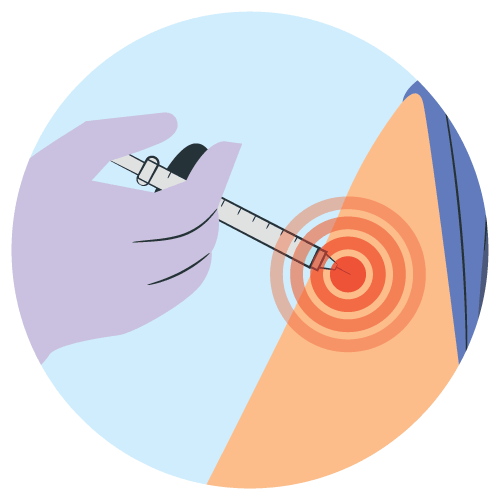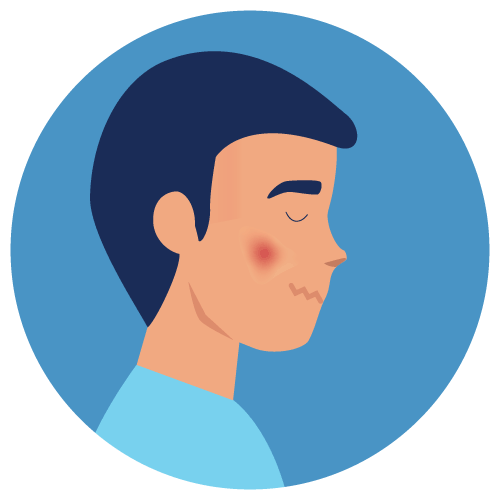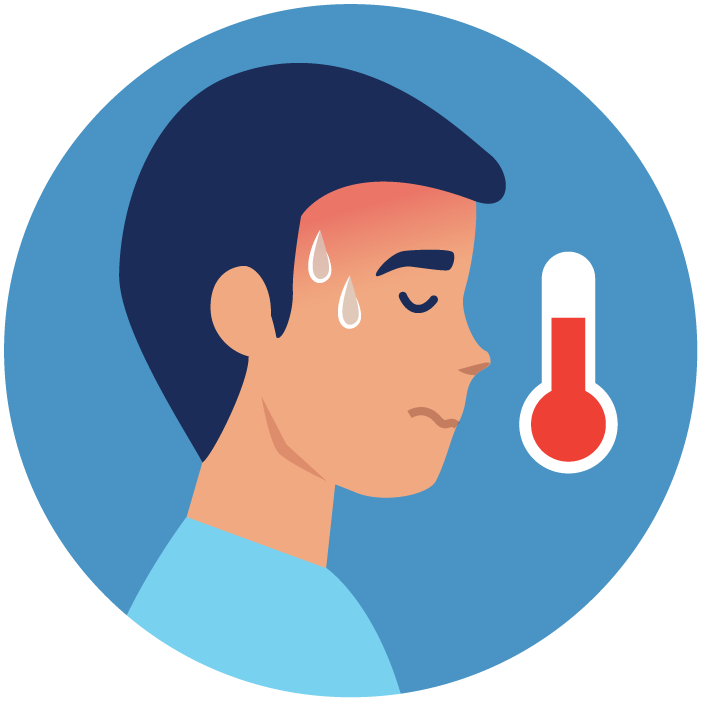| Name | Cefazolin + Lidocaine |
| Classes |
Antibiotic Anesthetic Combination |
| Diseases |
Infiltrative Dental Anesthesia Dental Surgery Skin Surgery |
Cefazolin + Lidocaine
Cefazolin + Lidocaine is a combination of two drugs, cefazolin (an antibiotic) and lidocaine (a local anesthetic).
The mechanism of action of cefazolin is to interfere with the bacterial cell wall synthesis, ultimately leading to the death of susceptible bacteria. Cefazolin is active against both gram-positive and gram-negative bacteria.
Lidocaine is a local anesthetic that works by blocking the transmission of nerve impulses. It reduces the pain associated with intramuscular injection of cefazolin. Lidocaine also has some bacteriostatic properties, which means it can inhibit the growth of bacteria.
Together, cefazolin and lidocaine work to treat and prevent bacterial infections while minimizing the discomfort of the injection.
Cefazoline+Lidocaine is indicated for the treatment and prophylaxis of bacterial infections in patients undergoing surgical procedures. It is effective against a range of susceptible gram-positive and gram-negative microorganisms, including staphylococci, streptococci, and E. coli. Lidocaine is included in this combination to provide local anesthesia, which reduces the pain associated with intramuscular injection of cefazolin.
The recommended dosage of Ancef-Lido varies depending on the patient's age, weight, and the severity of the infection being treated. It is usually given as an intramuscular injection. The typical adult dosage is 1 to 2 grams of cefazolin, combined with 20 to 40 mg of lidocaine, injected into a large muscle every 6 to 8 hours.
For pediatric patients, the dosage is determined by body weight. The usual dosage is 25 to 50 mg per kg of body weight of cefazolin, combined with 0.5 to 1 mg per kg of body weight of lidocaine, injected into a large muscle every 6 to 8 hours.
Common adverse reactions associated with Cefazoline+Lidocaine include-
- pain
- swelling
- redness at the injection site.
Other adverse reactions may include-
- fever
- rash
- nausea
- vomiting
- diarrhea
Cefazoline+Lidocaine should be used with caution in patients with a history of liver or kidney disease, as cefazolin is primarily eliminated through the kidneys. Patients with a history of bleeding disorders may also be at increased risk for bleeding at the injection site due to the inclusion of lidocaine. Cefazoline+Lidocaine should be used with caution in these patients.
Contraindication
Contraindicated in patients with a known hypersensitivity to cefazolin or lidocaine, or to any other components of the drug.
Contraindicated in patients hypersensitive to penicillin antibiotic such as-
None known.
None known.
 Bangla
Bangla English
English



